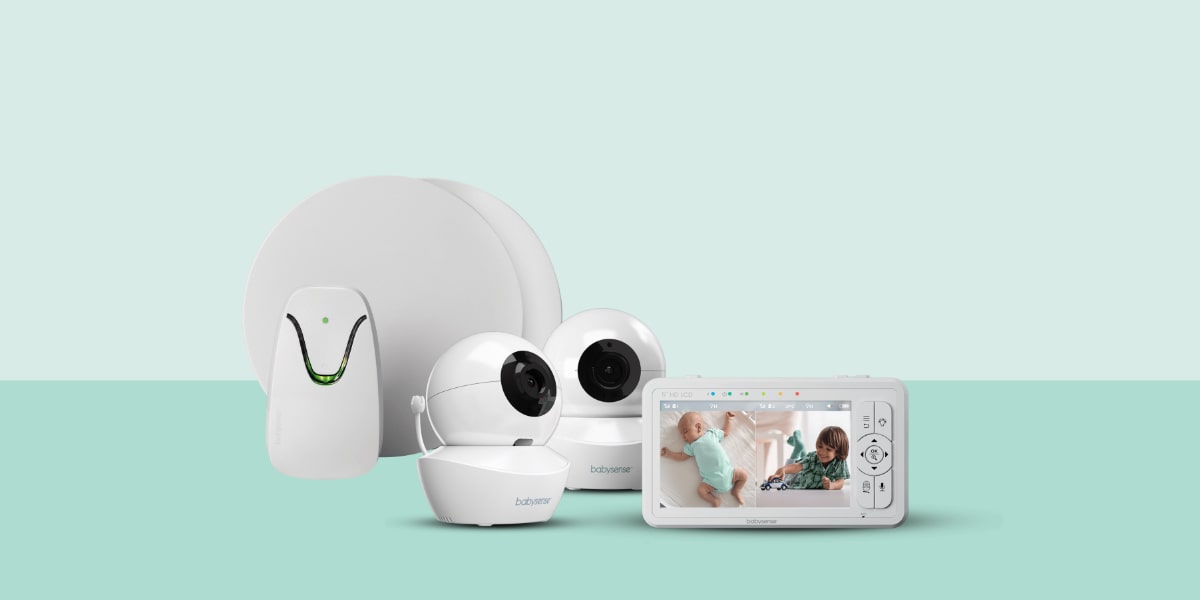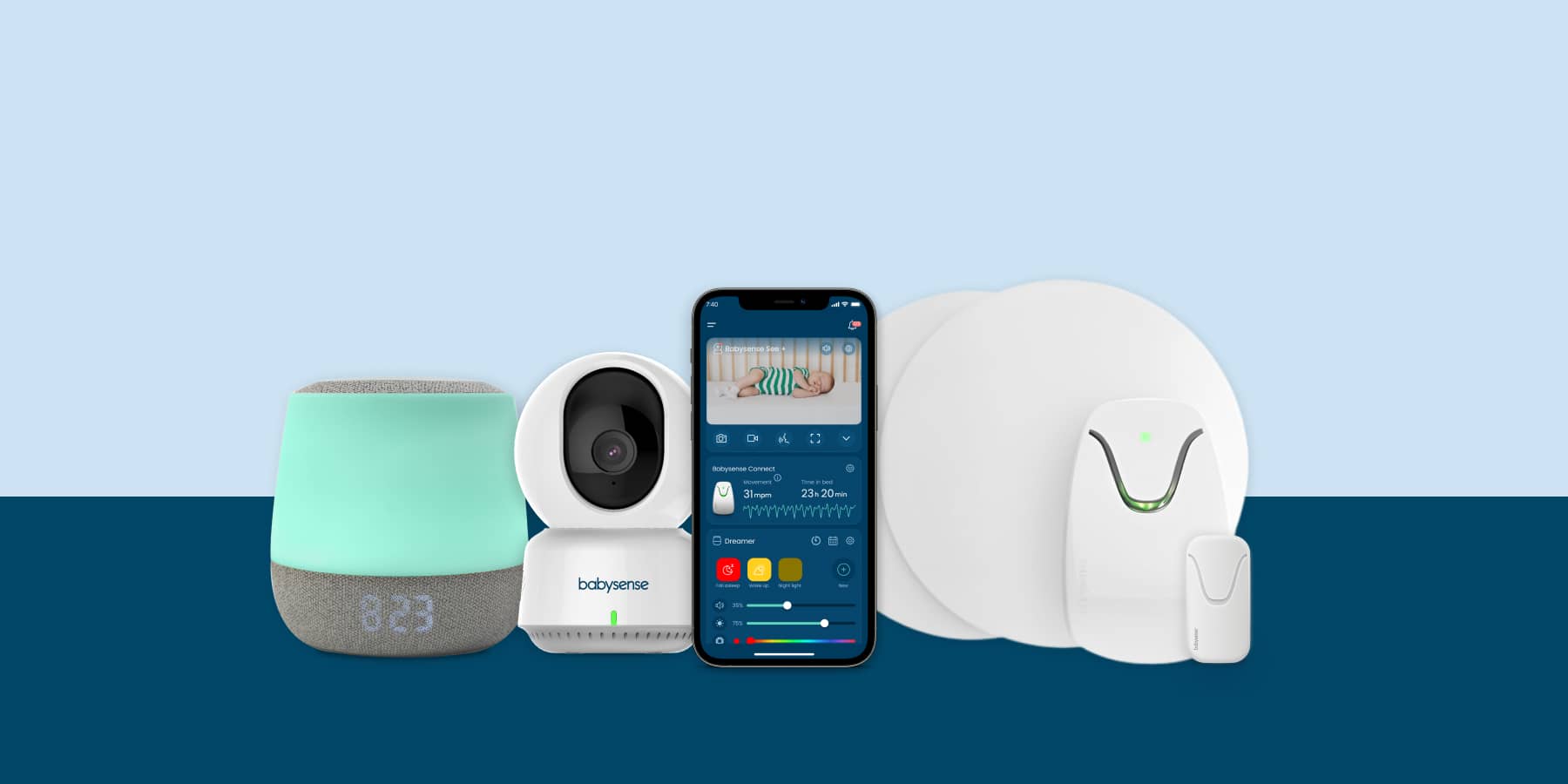Illnesses system by system
Most babies contract recurrent minor illness within the first 2-3 years of life when their immune systems are immature and all the bugs they encounter are “new” to their systems. Babies in crèche/daycare and babies with older siblings are exposed to more bugs and tend to get sick more frequently. Do not be surprised if the child has 5-10 minor infections (eg common colds) per year in the first 2-3 years of life. In addition, every cold may last 1-3 weeks so it can feel as if your baby is “always sick.”
Remember that children have a higher breathing rate than adults (30-50 breaths per minute can be quite normal for young children, compared with 16-20 in adults); they also have a higher resting heart rate (90-150 beats per minute), which is increased even more when they have a fever.
Coughs and colds/Respiratory illnesses
Snuffly noses and wet coughs are usually caused by the common cold virus, which lasts 1-3 weeks, and for which there is no specific treatment. Keep the child comfortable with saline nose drops, paracetamol if needed, frequent small feeds and lots of hugs. Children are often “grumpy” or “difficult” when they feel unwell, and often that is the first sign of a viral illness
Ask your doctor about doses of fever/pain medication that need to be given. An example of commonly used fever medications are:
- Paracetamol (eg calpol syrup, panado syrup- NOT infant drops): 0.6mL per kg body weight 6 hourly, eg For a 5 kg child: Panado syrup 3 mL 6 hourly; for a 10kg child 6 mL 6 hourly
- Ibuprofen (e.g. Nurofen syrup) : 0.3mL per kg body weight 6 hourly. e.g for a 10 kg child: Nurofen syrup 3 mL 6 hourly
- The vomiting is persistent and the child can’t keep any fluids down
- The diarrhoea is very frequent (> 10 stools a day) or has blood in it
- The child looks drowsy or is very lethargic as they may be dehydrated
- The child has a high fever or a rash.
- The rash is accompanied by a high fever or the child is very unwell
- The rash consists of red spots which do not fade when you press a glass on them (this may be the dreaded meningitis rash)
- The rash is itchy (this may be eczema which should be treated promptly)
- The rash is getting worse with time
- Very irritable (meningitis and urine infections will need to be excluded)
- Has respiratory distress or unexplained rashes








